Originally written and published 12 November 2012During a recent trip to Zagreb, I was fascinated to learn that a distinctive and decorative alphabet called Glagoljica (Glagolitic) exists that was used for centuries in Croatia before Roman lettering became dominant. 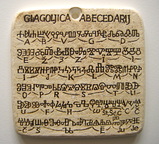 Small souvenir Small souvenir Whilst strolling through the city, by chance I wandered into a souvenir shop that had many items on display adorned with various unusual letter shapes. I thought they were ancient runes but the shop owner (who luckily spoke good English) showed me a poster she had for sale entitled “Glagoljica” and explained that they were letters from an old Croatian alphabet.
After the tablet was found, it then took almost 25 years before a full translation was completed but, unfortunately, the subject matter was not very exciting – it commemorates a gift of land by King Zvonimir to the church and gives details of attendees at the presentation ceremony. However, that is not so important as its real value lay in its use as a resource for studying both the development of Glagolitic script as well as the Croatian language.
The Croatian Academy of Art and Science website is here. My heartfelt thanks to the lady who owns Gallery Gea, Radeceva 35, Zagreb.
2 Comments
Originally written and published 30 April 2012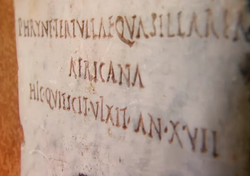 Thanks to my friend Simon the Letter Carver, I watched the first episode of “Meet The Romans” last night on BBC iPlayer entitled “All Roads Lead To Rome”. He said it was worth a look because of the wonderful examples of carved lettering that was featured in it and he was right. Prof Mary Beard brought the ordinary citizens of the empire to life – their professions, pastimes, social habits – through inscriptions they’d left behind. Those Romans certainly had a lot to say! They loved chipping away at blocks of stone, not just for special occasions or epitaphs, but for noting details of their daily lives, probably as much as we like blogging or tweeting today.  And I was captivated watching and listening as Mary Beard followed the lines of Latin words with her finger while she translated them aloud into English (as she did with one or two Greek ones too). It almost makes me want to learn to read Latin before my next trip to Italy, or is there an app for that? She enthused as much about small tablets etched with casual Rustic lettering as impressive monuments adorned with beautifully carved, classic Roman capitals. I might try to capture some of those images of lettering… [update : got a couple of screenshots, now added to this post as you can see!] And as a complete aside to the lettering aspect of this post, one of the highlights of the programme was the incredible site (and sight!) of Monte Testaccio, ‘broken pot mountain’. You’ll have to watch it to see what that’s all about! Episode 2 “Streetlife” is also on BBC iPlayer and is on the cards for tonight’s viewing. |
Julie ChaneyThis is a little corner where I like to share my love of calligraphy & letterforms and my fascination with the tools, materials & methods used to create and display them. I also love patterns and carved faces! Archives
August 2018
Categories
All
© by Julie Chaney. All rights reserved
|
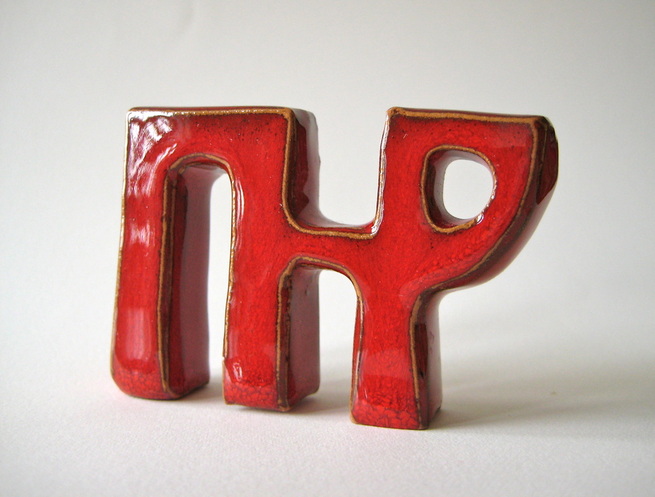
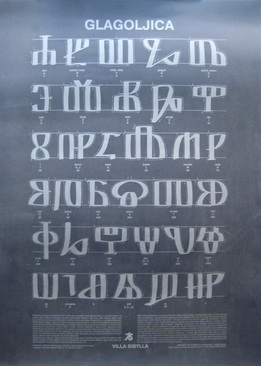
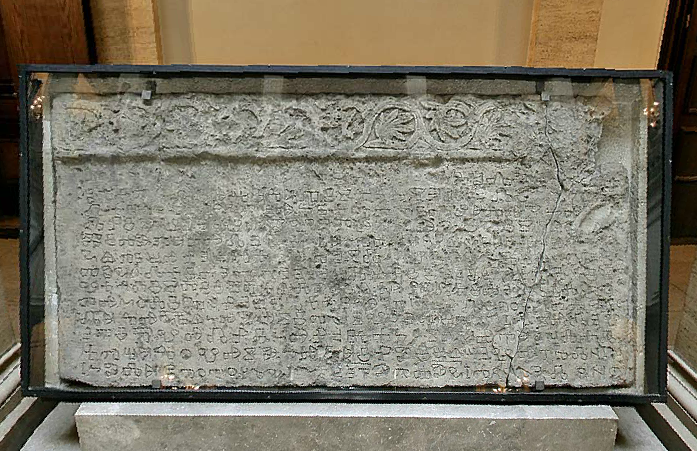
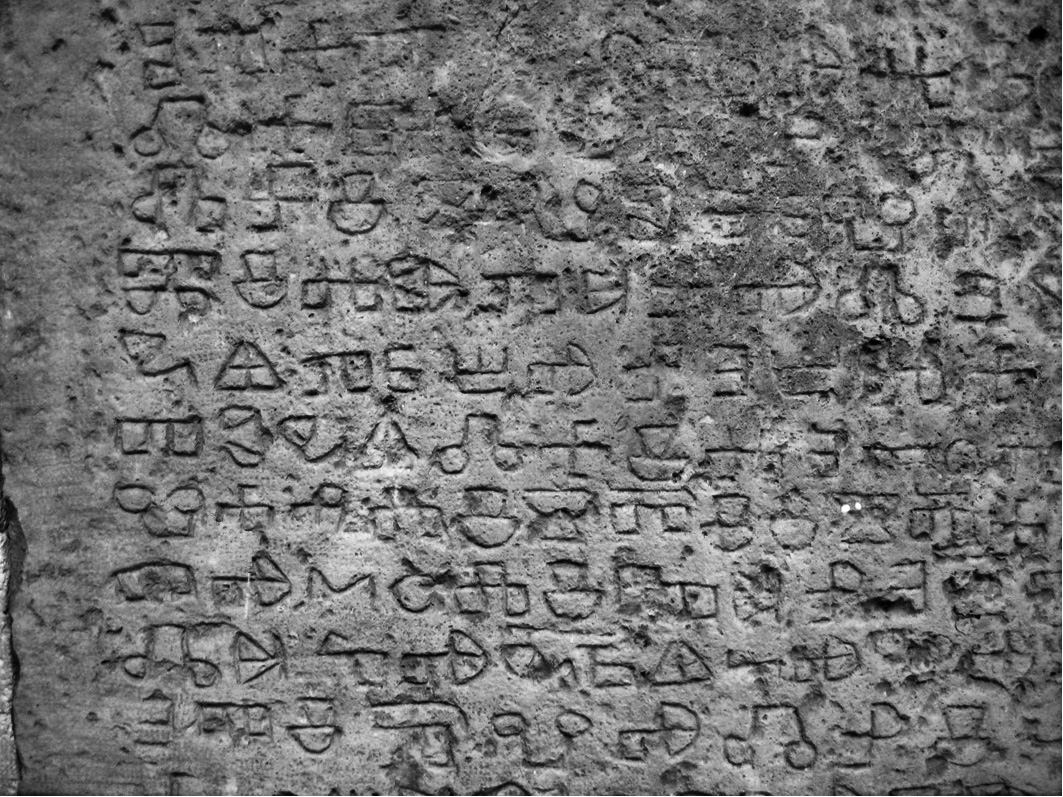
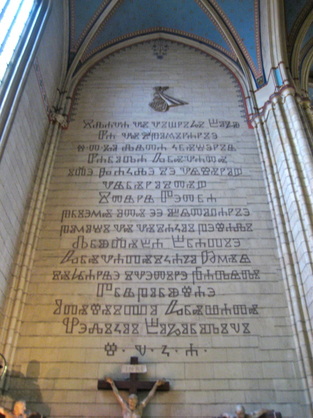

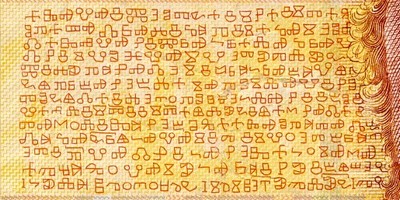
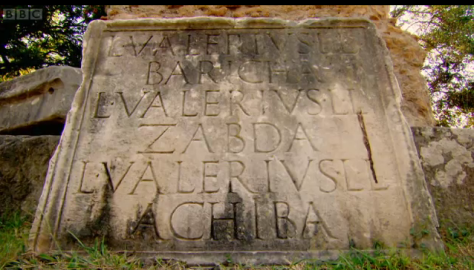

 RSS Feed
RSS Feed